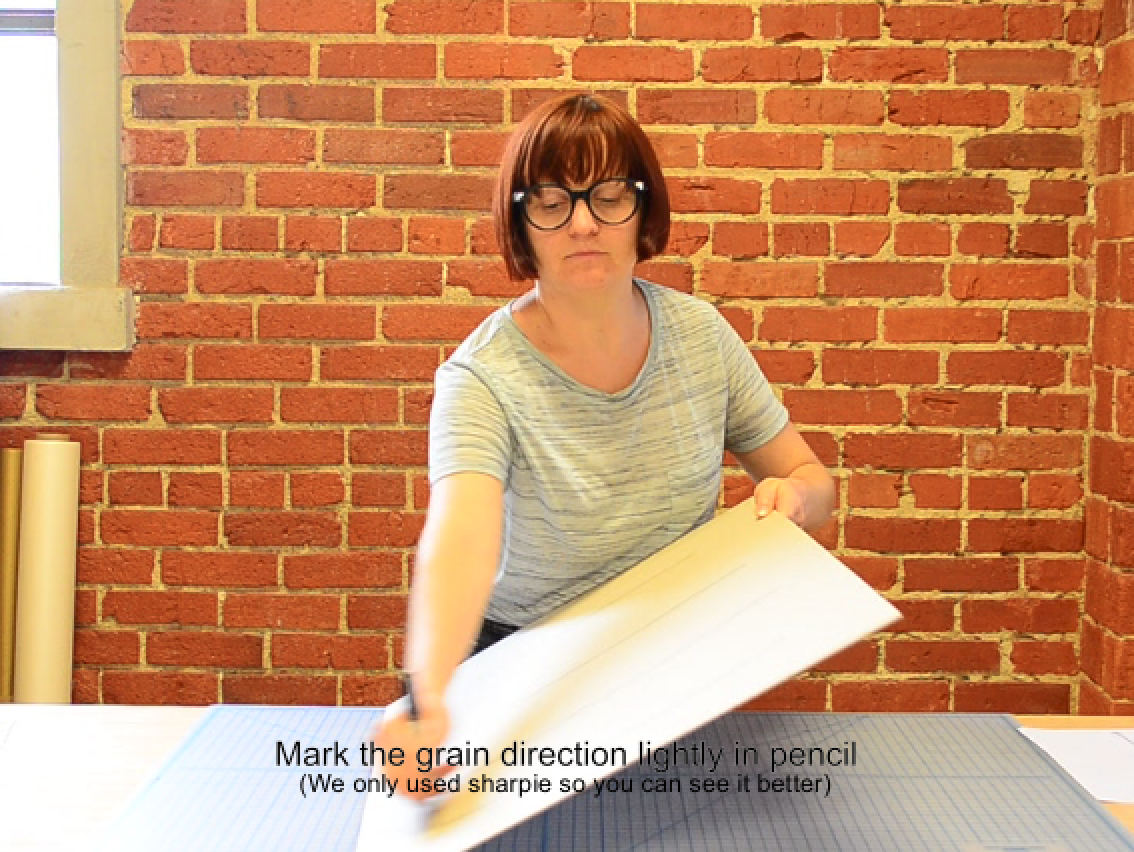If you are anything like us, you know being a bookbinder and bibliophile go hand in hand so you have probably already amassed a reasonable collection of books on bookbinding. We wanted to share some of our personal favorites from the studio and our personal collection, with hopes to inspire our fellow bookbinders. Whether you are a seasoned bookbinder who is pondering what books to buy next, or a complete beginner wondering where to start, we hope you enjoy our recommendations! And if you don’t see your favorite books on bookbinding on the list, we’d love for you to share your recommendations in the comments!
Traditional Bookbinding:
The Practical Guide to Craft Bookbinding by Arthur W. Johnson
A solid book containing a wealth of bookbinding knowledge, techniques and projects ranging from traditional Western and Eastern bindings to more contemporary art bindings and pop ups. Our copy features a smartly designed cover, and simple black and white photos and illustrations throughout.
Books, Boxes and Portfolios: Bindings, Construction and Design Step-By-Step by Fran Zeier
A very comprehensive technical guide on making books, boxes and portfolios from the fundamentals of setting up your studio, recipes for paste, properties of paper to how-to’s with detailed and colorful illustrations, troubleshooting tips and material options and descriptions. This is a great book for the intermediate-advanced binder, or the ambitious and obsessed beginner with patience.

Non-Adhesive Binding: Books without Paste or Glue by Keith A. Smith
This slim bookbinding guide is also full of good fundamentals on materials, studio set up and projects, but not as comprehensive as the previous two on our list. It is also clearly illustrated and is a quicker read for both the contemporary book designer looking to grow their traditional technique or the newbie to traditional binding techniques (ie leather bindings and tooling)
Contemporary Art Bindings:
How to Make Books: Fold, Cut & Stitch Your Way to a One-of-a-Kind Book by Ester K. Smith
This is our studio assistant’s favorite book- it’s been in her library since she was a beginning bookbinding student. It is accessible, fun and beautifully designed, with painterly illustrations and photos, gorgeous fonts, and beautifully inspired sample projects. Highly recommended for teachers, beginners and collectors alike.
Making Handmade Books: 100+ Bindings, Structures and Forms by Alisa Golden
A true Book Artists book, this book is a comprehensive and well organized guide for a variety of art and craft binding styles from traditional leaning to contemporary. It’s much denser than How to Make Books, but fun and accessible for beginners on.

Cover to Cover: Creative Techniques for Making Beautiful Books, Journals & Albums by Shereen LaPlantz
Another great, accessible exploration of art bindings, this book is a well loved selection from Kristin’s library and we hear it’s also a favorite with some of our instagram followers as well.
Crafty and unconventional:
At Home With Handmade Books: 28 Extraordinary Bookbinding Projects Made from Ordinary and Repurposed Materials by Erin Zamrzla
This book from studio assistant Rachel’s library is a little craftier than most of our recommendations. Ok, a lot craftier. Not a lot of use for our beautiful bookcloths to be found within it’s pages, but if you, like Rachel are an avid up cycler, you might find it fun and funny to make a book cover from a kitchen sponge or a tube sock or use empty seed packets to make a stab bound tiny notebook. This one is simply lighthearted, delightful and fun for challenging yourself to think outside the box if you find yourself stuck in a rut creatively.
History of Bookbinding:
Artist Books in the Modern Era 1870-2000 – The Reva and David Logan Collection of Illustrated Books
A great academic read, recommended research book for students, collectors and art history buffs. It’s the sort of book you might get in a museum bookshop. Photographs and from the pages of historical art books from Modernist, Dada and Surrealist movements and more. the next best thing to holding the original books in your hand while an art historian walks you through it in person.

The Book of Fine Paper: A Worldwide Guide to Contemporary Papers for Art, Design & Decoration by Silvie Turner
Everything you wanted to know about paper. All paper. Eastern, western, long grain short grain, the history and use of paper throughout time. If you are like us, and have to touch and feel every type of paper when going to the local art or paper store, you need this book. That is, assuming you don’t already own it.
What are some favorites from your bookbinder’s library?







